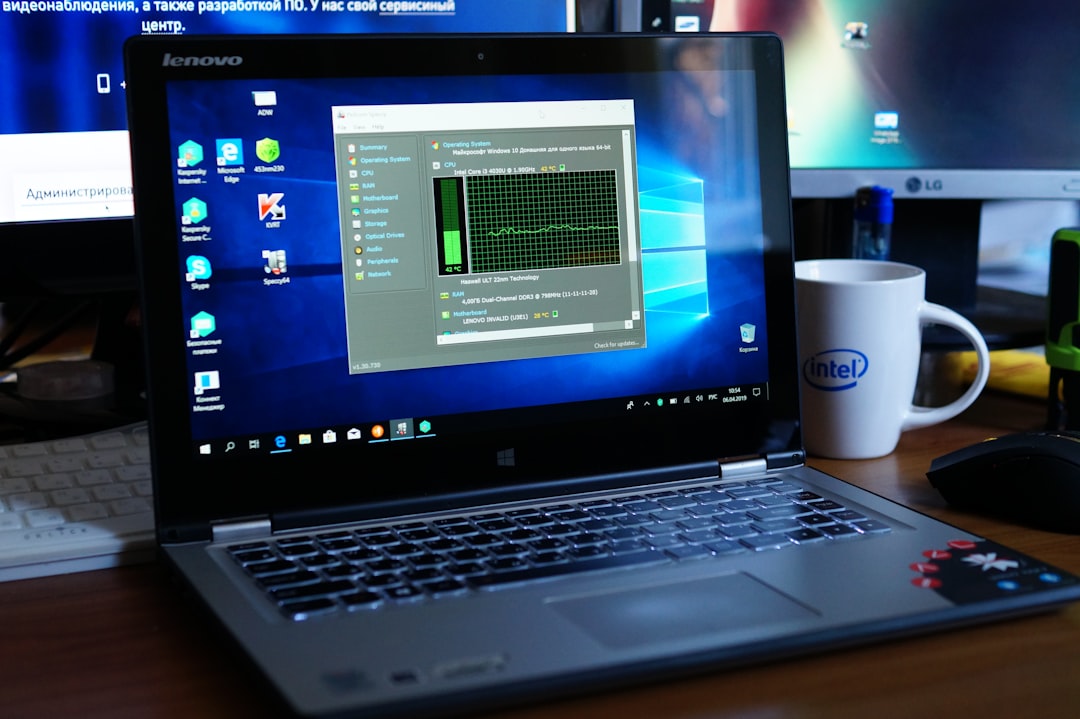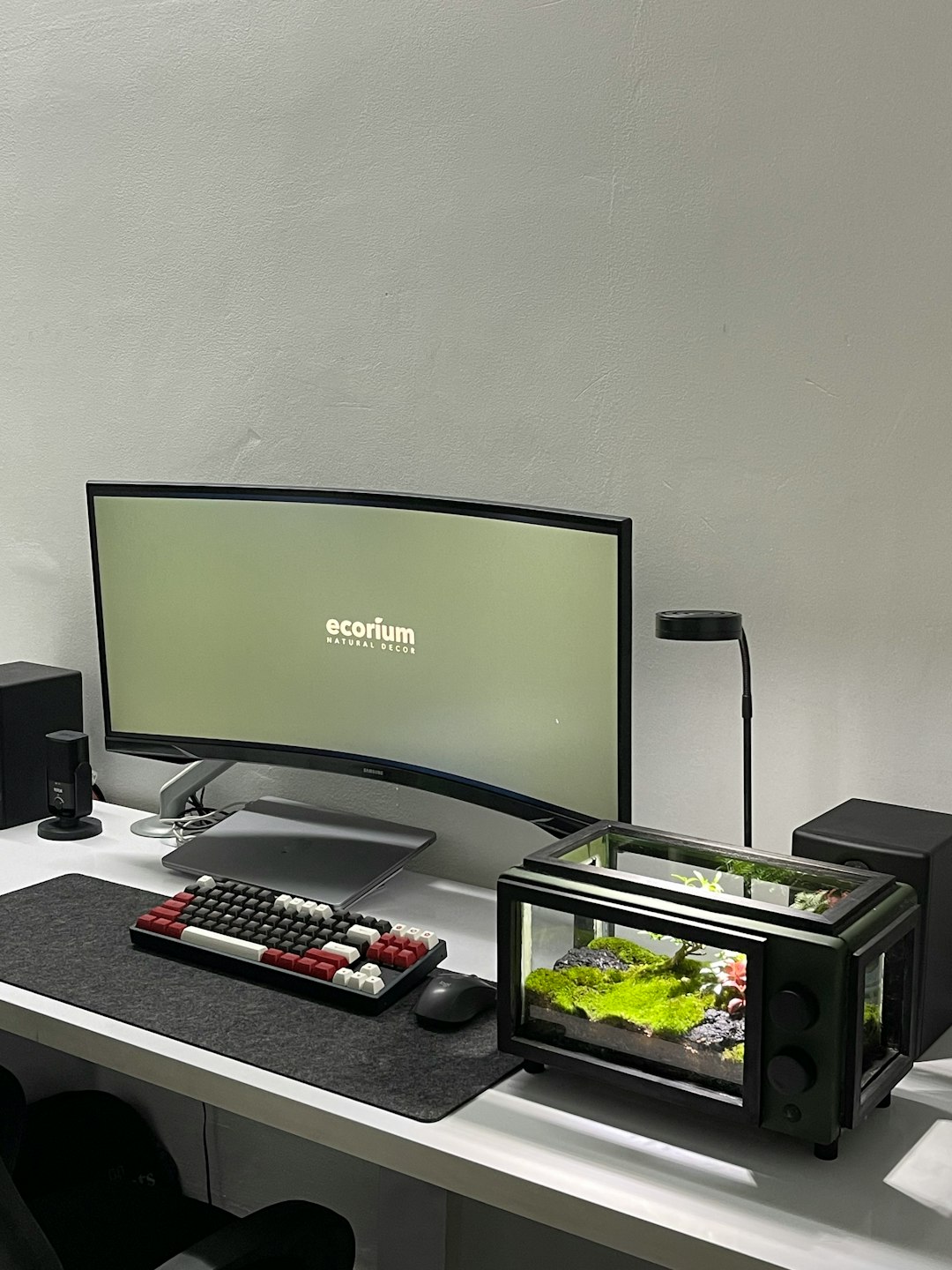If you’ve ever wished your massive desktop PC could fit in your pocket—or at least on a bookshelf—then Intel’s NUC might be exactly what you’re looking for. Compact, powerful, and extremely versatile, the Intel NUC (short for “Next Unit of Computing”) redefines what a modern personal computer can be. In this guide, we’ll walk you through everything a beginner needs to know about Intel NUCs, from their design philosophy to how they can meet different computing needs.
What Exactly is an Intel NUC?
The Intel NUC is a mini PC developed by Intel. Despite its small size, it packs substantial computing power suitable for a variety of tasks, from everyday internet browsing to serving as a media center or even a home server. Intel introduced the NUC in 2012 as a response to growing demand for compact, energy-efficient, and customizable PCs.
Over the years, NUCs have evolved significantly, featuring enhancements in processing power, storage options, and expandability, while keeping their compact form factor intact. These pocket-sized systems are based on laptop-class components, but their design allows for enough flexibility to be suitable even for some desktop-style applications.

Why Choose a NUC Over a Traditional Desktop?
So why might someone opt for a NUC instead of a traditional tower desktop or laptop? Here are a few compelling reasons:
- Space-Saving Design: A NUC can fit in the palm of your hand, making it ideal for cramped desks or minimalist setups.
- Energy Efficiency: NUCs consume significantly less power compared to full-sized PCs, which is not only eco-friendly but also wallet-friendly over time.
- Quiet Operation: Most NUCs operate quietly due to their low-energy components and efficient thermal designs.
- Modularity: Depending on the model, you can choose to install your own RAM, storage, and even operating system.
- Versatility: NUCs can serve multiple purposes—HTPCs (Home Theater PCs), gaming rigs, digital signage, virtual desktops, home servers—you name it.
Understanding the Different Types of Intel NUCs
NUCs are available in various models tailored to different user needs. Here’s a breakdown of some of the common types:
1. Basic/Desktop Models
These are perhaps the most common form of NUCs, perfect for web browsing, office tasks, and streaming media. They’re compact, affordable, and easy to set up.
2. Gaming & High-Performance NUCs
Intel has developed performance NUCs under the “Hades Canyon” and “Phantom Canyon” lines. These include powerful CPUs, integrated or even discrete GPUs, and enhanced thermal designs to handle more intense workloads like gaming and content creation.
3. Commercial/Industrial NUCs
These NUCs are built for continuous operation in demanding environments like digital signage, kiosks, and industrial control. They often offer greater durability and expanded input/output options.

What’s Inside a NUC?
One of the most fascinating aspects of the NUC is its compact architecture. Despite its size, a typical NUC contains:
- Processor (CPU): Usually built with laptop-grade Intel Core i3, i5, or i7 chips. Some newer models even offer Intel Core i9 options.
- Memory (RAM): Most models support user-upgradable SO-DIMM DDR4 memory modules.
- Storage: Supports M.2 SSDs or even 2.5” SATA drives depending on the chassis size.
- Graphics: Integrated Intel Iris graphics or discrete graphics in higher-end models.
- Connectivity Ports: Generally includes USB ports, HDMI, Ethernet, Thunderbolt, and Wi-Fi capabilities.
Some NUCs come as “barebones,” meaning you’ll need to install your own RAM, storage, and OS—which can be a fun project for tech enthusiasts. Others come fully assembled and ready to use out of the box.
Setting Up Your First NUC
Getting started with a NUC is easier than you might think. Here’s a simple step-by-step guide:
- Choose Your NUC Model: Decide whether you want a barebones kit or a fully built system.
- Install Components (if barebones): Open the case and install RAM and storage. It typically takes less than 10 minutes.
- Install the Operating System: Use a USB drive to install Windows, Linux, or any OS of your choice.
- Plug In and Boot: Connect the power supply, video, and peripherals, then power up your NUC.
Once powered on, you’ll find that setup proceeds just like that of any computer. You can access BIOS settings, install drivers, and personalize it as needed.
Popular Uses for Intel NUCs
Given their compact size and strong performance-to-size ratio, NUCs have found homes in a wide range of applications. Here are some popular use cases:
- Media Center: Connect a NUC to your TV and use it as a streaming hub through apps like Plex, Kodi, or Netflix.
- Gaming: High-performance NUCs with discrete GPUs can run many modern games at decent settings.
- Home Server: Use a NUC for file sharing, backup, or even as a low-cost cloud server for your home or small office.
- Digital Signage: Businesses use NUCs behind digital displays for ads, informational kiosks, and interactive exhibits.
- Development Workstation: Many developers use NUCs for coding, virtualization, and testing environments.
Limitations to Keep In Mind
While NUCs are incredibly versatile, they aren’t for everyone. Here are a few limitations to consider:
- Limited Expandability: Due to their tight form factor, NUCs lack extra PCIe slots or room for multiple internal drives.
- Less Power Than Full Desktops: Even though they’re powerful, they can’t match the performance of high-end desktops for heavy tasks like rendering or advanced gaming.
- Component Compatibility: Not all components will fit every NUC chassis; double-check requirements before purchasing.
What’s New in the Latest Intel NUC Models?
With each iteration, Intel has pushed the boundaries of what mini PCs can do. The latest models support up to 64GB of DDR4 RAM, Thunderbolt 4, Wi-Fi 6, and NVMe SSDs for blistering fast storage speeds. Intel’s recent introduction of “NUC Extreme” kits even allows for modular components including full-sized graphics cards while maintaining a relatively compact footprint.
These innovations indicate a growing momentum in the mini PC space, with Intel NUCs leading the charge.
Final Thoughts: Is a NUC Right for You?
If you’re looking for performance in a small package, the Intel NUC is tough to beat. Whether it’s for media consumption, light gaming, office productivity, or development work, there’s likely a NUC model tailored to your needs.
It’s an especially attractive option for minimalists, remote workers, and anyone who values flexibility and efficiency without sacrificing essential computing power. As computers continue to shrink without losing capability, NUCs stand as a shining example of innovation in form factor and function.
Ready to downsize your desk space without downgrading your PC’s capabilities? An Intel NUC might be just what you need.
